Home>Garden Essentials>What Part Of The Banana Is The Seed
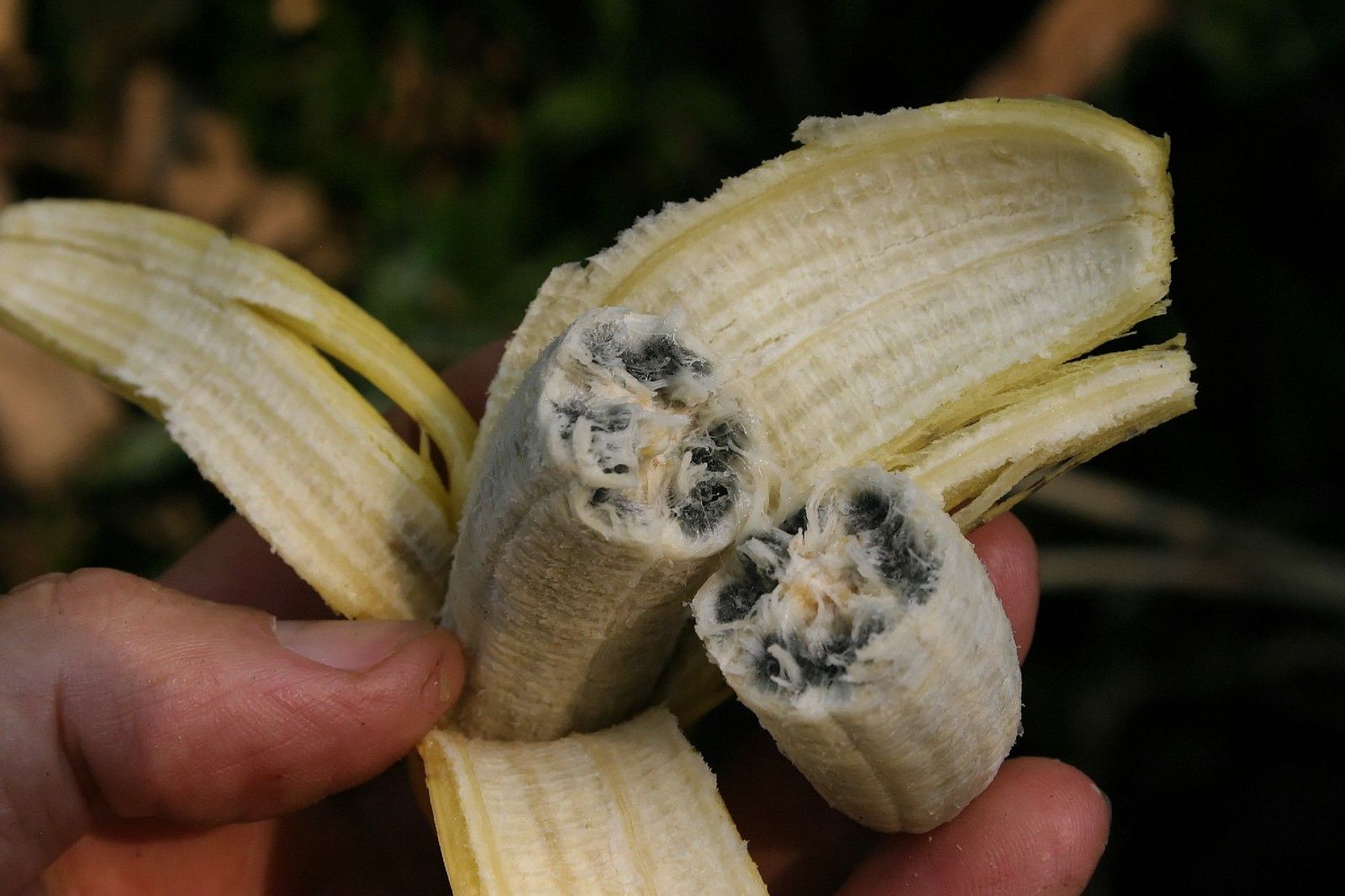

Garden Essentials
What Part Of The Banana Is The Seed
Modified: May 6, 2024
Discover the secret of banana seeds in your garden and learn what part of the banana contains the valuable seeds. Uncover the mystery and start growing your own banana plants today!
(Many of the links in this article redirect to a specific reviewed product. Your purchase of these products through affiliate links helps to generate commission for Storables.com, at no extra cost. Learn more)
Introduction
Gardening enthusiasts and banana lovers alike have often wondered about the mysterious seed of the banana. After all, most fruits have visible seeds that can be easily identified and removed. But when it comes to bananas, the absence of apparent seeds has left many scratching their heads.
In this article, we will uncover the truth behind the myth of the banana seed. We will explore the anatomy of a banana, dig deeper into the concept of banana seeds, and ultimately provide a comprehensive understanding of what truly lies within this beloved tropical fruit.
So, sit back, relax, and let’s dive into the intriguing world of bananas.
Key Takeaways:
- Bananas we commonly eat are seedless due to a unique reproduction process called vegetative propagation, making them convenient and delicious. Wild bananas or plantains are the ones with seeds.
- While bananas have tiny undeveloped seeds, they are non-functional and serve a minimal role. Bananas are technically berries, and their seedless nature makes them a unique and convenient fruit.
Read more: How To Germinate Banana
Anatomy of a Banana
Before we can unravel the mystery behind banana seeds, it’s important to understand the anatomy of a banana. A banana is a lengthy, curved fruit that comes in various shades of yellow and green. The outer skin, known as the peel, protects the soft flesh inside.
Peeling back the exterior, we discover the fruit itself. The flesh of a banana is creamy and smooth, with a sweet flavor that makes it a popular choice among fruit enthusiasts. This soft, edible part is composed of layers, known as the mesocarp, which give the fruit its familiar texture.
At the center of the banana is the core, often referred to as the trunk. This fibrous part extends the length of the fruit and provides structure and stability.
Now that we have a basic understanding of the anatomy of a banana, let’s delve into the intriguing question of banana seeds.
The Myth of the Banana Seed
For as long as bananas have been enjoyed, there has been a common belief that they contain seeds. This misconception stems from the fact that most fruits, such as apples or oranges, have visible seeds that are clearly identifiable.
But when it comes to bananas, there is a prevailing myth that the seeds exist in such small quantities or are hidden within the fruit’s flesh, making them virtually undetectable. This belief has led many people to diligently search for the elusive banana seeds.
The misconception has also been perpetuated by the occasional appearance of tiny black dots or specks within the fruit. These dark spots, although mistaken for seeds, are actually remnants of the banana flower, known as ovules.
It is important to dispel this myth and shed light on the truth surrounding banana seeds, or the lack thereof.
The seeds of a banana are found in the center of the fruit, and they are small, black, and hard. They are usually not noticeable when eating a banana because they are very small.
The Truth about Banana Seeds
Here’s the truth: bananas, as we typically know them, do not have seeds. Yes, you heard it right. The bananas we enjoy are seedless fruits. But how is this possible?
In most plant species, fruits develop from flowers. After pollination occurs, the ovary of the flower matures into a fruit, containing seeds. However, bananas belong to a unique group of plants called parthenocarpic plants. This means that they can produce fruit without fertilization or the formation of seeds.
Instead of relying on pollination and seed development, bananas reproduce asexually through a process called vegetative propagation. This process involves the growth of new banana plants from the shoots or suckers that emerge from the base of the parent plant.
The lack of seeds in bananas has its advantages. It contributes to the soft, fleshy texture and sweet flavor that we all love. It also makes bananas more convenient to eat, as there is no need to worry about removing and disposing of pesky seeds.
It’s worth noting, however, that there are some varieties of bananas that do produce seeds. These seeded bananas, known as wild bananas or plantains, are not the same as the common seedless bananas we find in grocery stores. Wild bananas typically have larger seeds and a starchy taste.
So, the next time you bite into a delicious, seedless banana, remember that nature has its own fascinating ways of creating diversity among plant species.
Do Bananas Have Seeds at All?
We have established that the bananas we commonly enjoy are seedless. However, this does not mean that bananas are entirely devoid of seeds. In reality, bananas do possess tiny, undeveloped seeds known as “pseudocarpic seeds” or “dwarf seeds”.
These miniature seeds are vestigial remnants of the plant’s evolutionary history. Over time, due to human cultivation and domestication, the natural process of seed development in bananas has been largely suppressed. The focus has shifted towards cultivating bananas for their desirable qualities, such as taste, texture, and appearance.
While the pseudocarpic seeds found in bananas are non-functional and incapable of germination, they still serve a purpose. These tiny seeds contribute to the overall texture and structure of the fruit, giving it a slightly speckled appearance when examined closely.
It’s also interesting to note that bananas are technically classified as berries. Yes, you read it correctly, bananas are not only a fruit but a type of berry. These pseudocarpic seeds are a defining characteristic of berries, even though they are not developed fully in bananas.
So, the next time you peel a banana and spot those tiny specks, know that they are the remnants of a seed that once existed but have been reduced in size and function over time.
Read more: Where Are The Seeds In A Banana
Conclusion
The myth of the banana seed has been debunked. Bananas, as we commonly know them, are seedless fruits that rely on vegetative propagation rather than pollination and seed development. This unique characteristic sets bananas apart from many other fruits.
While bananas do possess undeveloped pseudocarpic seeds, these seeds are non-functional and serve a minimal role in the overall structure of the fruit. Instead, the focus is on the creamy flesh, sweet flavor, and convenient seedless nature that has made bananas a beloved fruit worldwide.
Understanding the anatomy and reproductive process of bananas provides us with a deeper appreciation for this tropical delight. It also highlights the remarkable diversity of the plant kingdom, where different species have evolved unique characteristics and mechanisms for reproduction.
So whether you’re enjoying a banana as a quick snack, blending it into a smoothie, or incorporating it into your favorite dessert, now you can savor the knowledge that bananas truly are a fruit like no other.
Next time you peel a banana, remember the fascinating journey that brought this seedless wonder to your plate.
Curious about nurturing plants from scratch? Growing bananas might seem mysterious without visible seeds, but what about other plants? Grasping how seeds transform into lush greenery is fascinating. If patience isn’t your strongest suit, our next guide on quick seed sprouting will surely pique your interest. It details time frames and techniques that ensure successful germination from almost any seed. Ready to wield your green thumb more effectively? Let’s continue unraveling gardening secrets together!
Frequently Asked Questions about What Part Of The Banana Is The Seed
Was this page helpful?
At Storables.com, we guarantee accurate and reliable information. Our content, validated by Expert Board Contributors, is crafted following stringent Editorial Policies. We're committed to providing you with well-researched, expert-backed insights for all your informational needs.
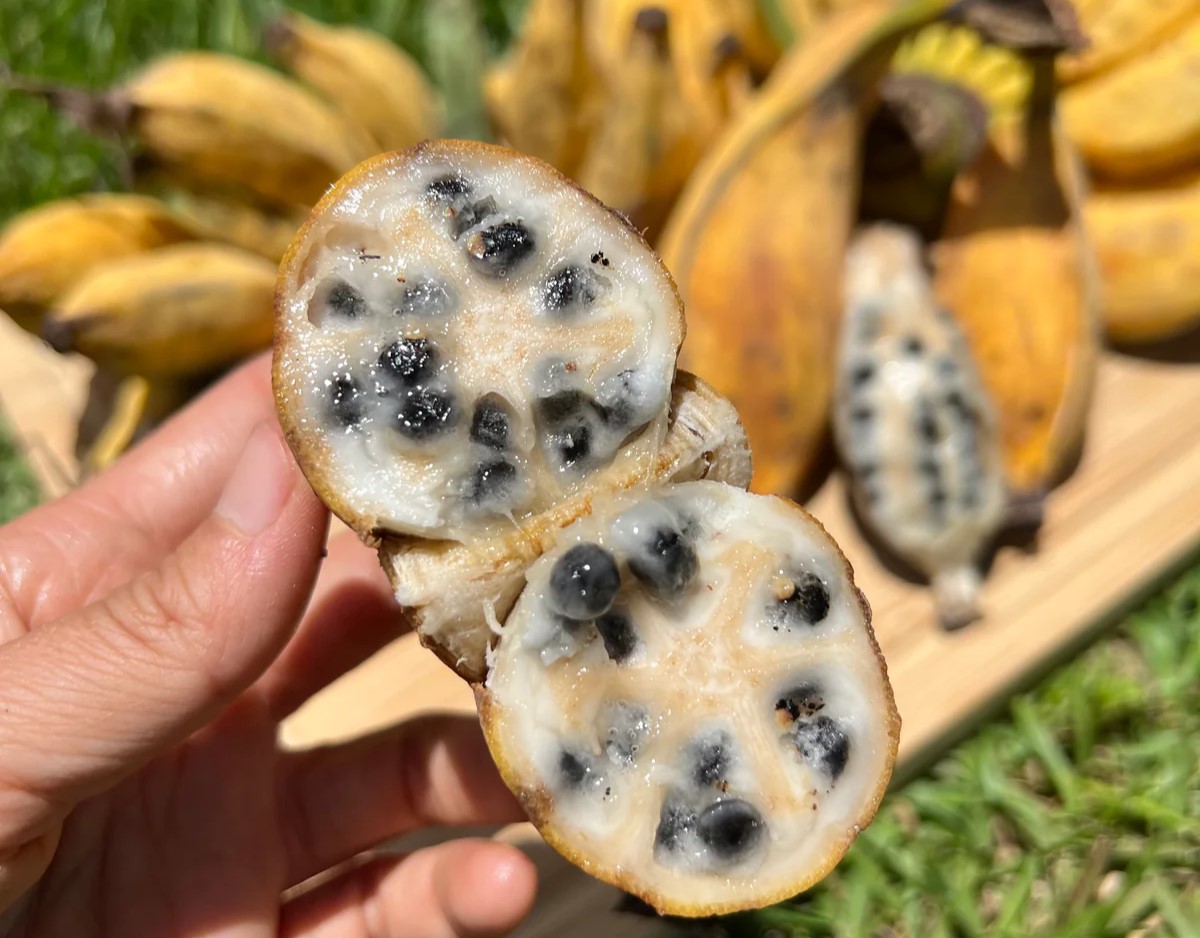
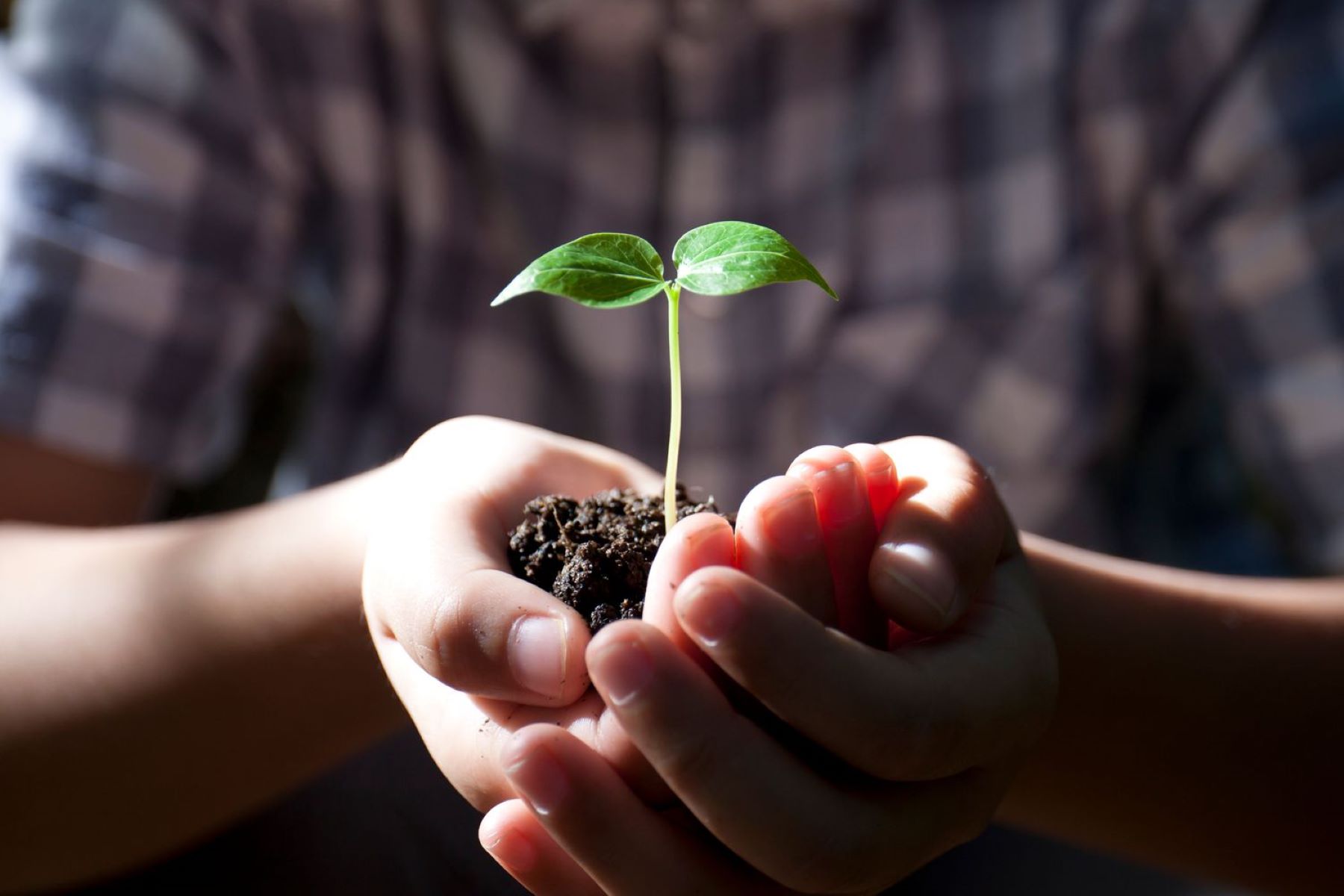
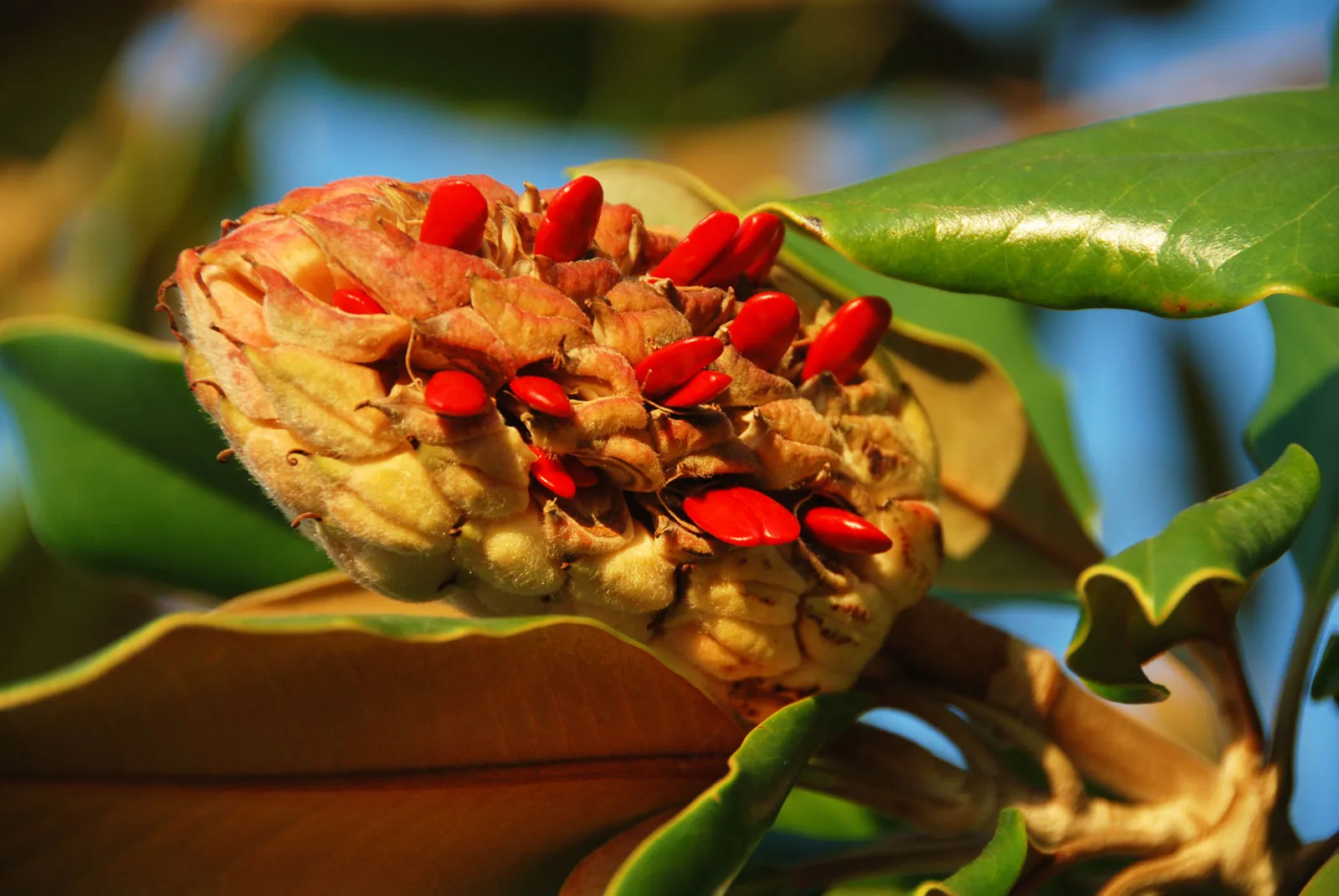
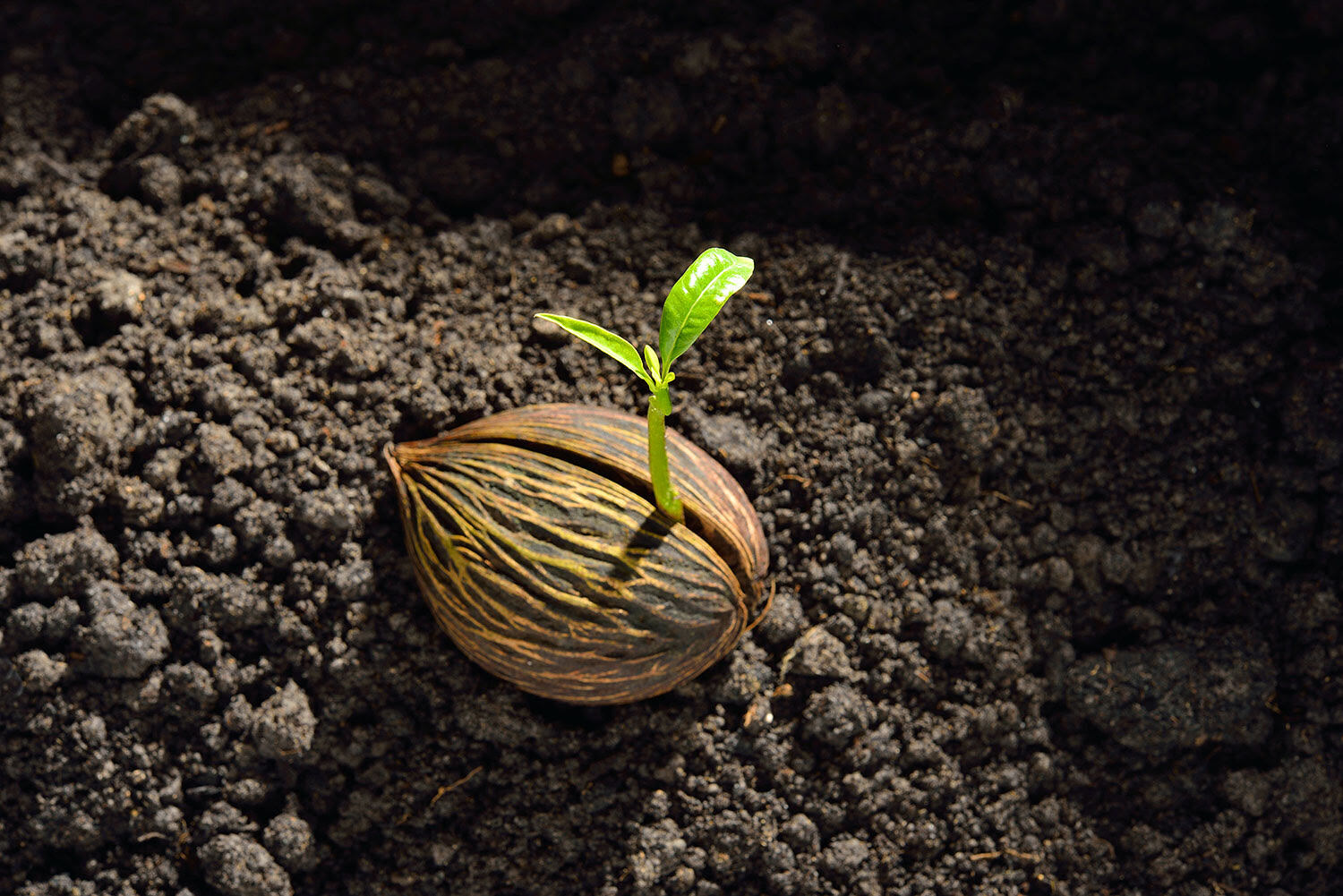
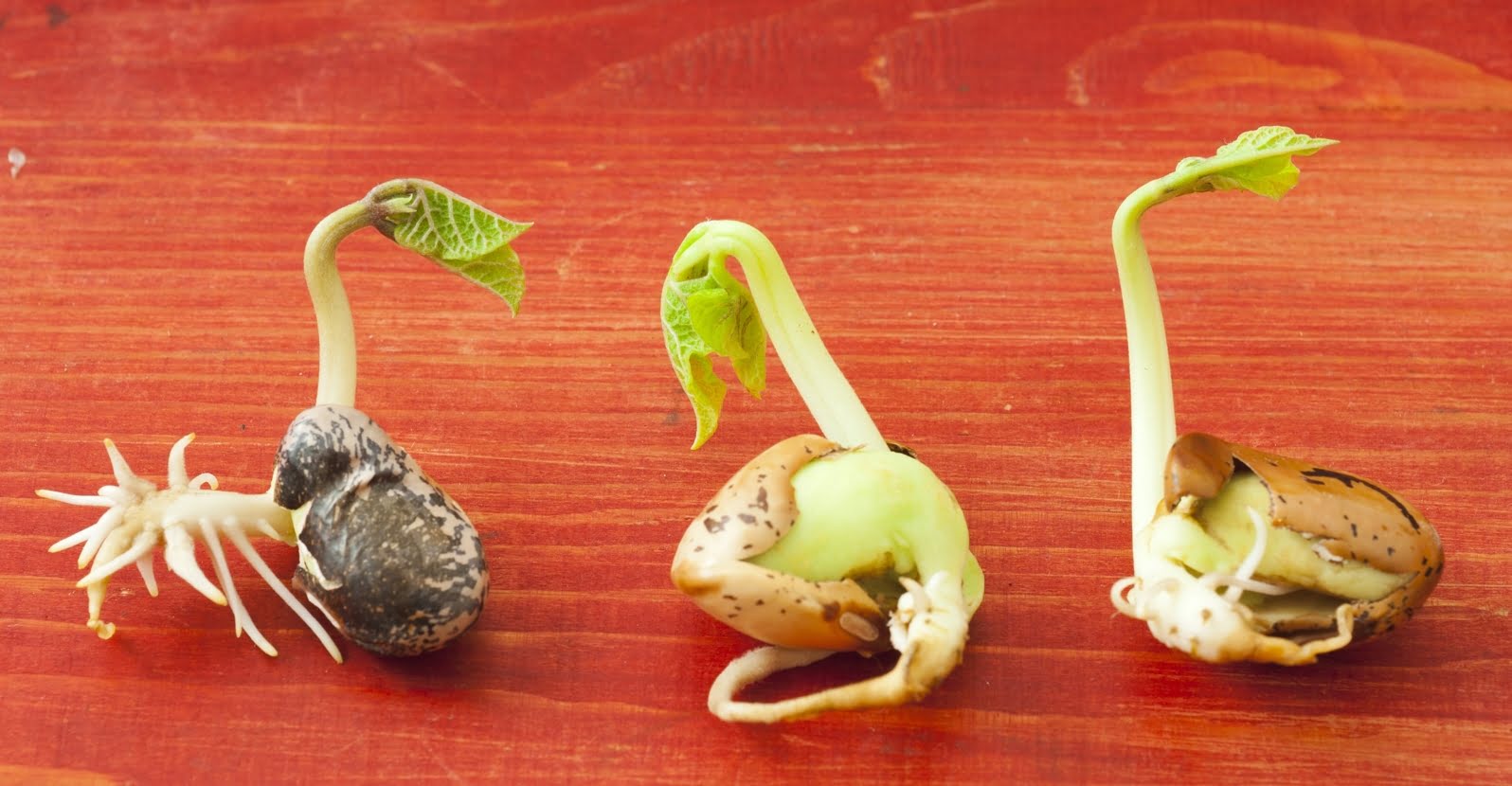
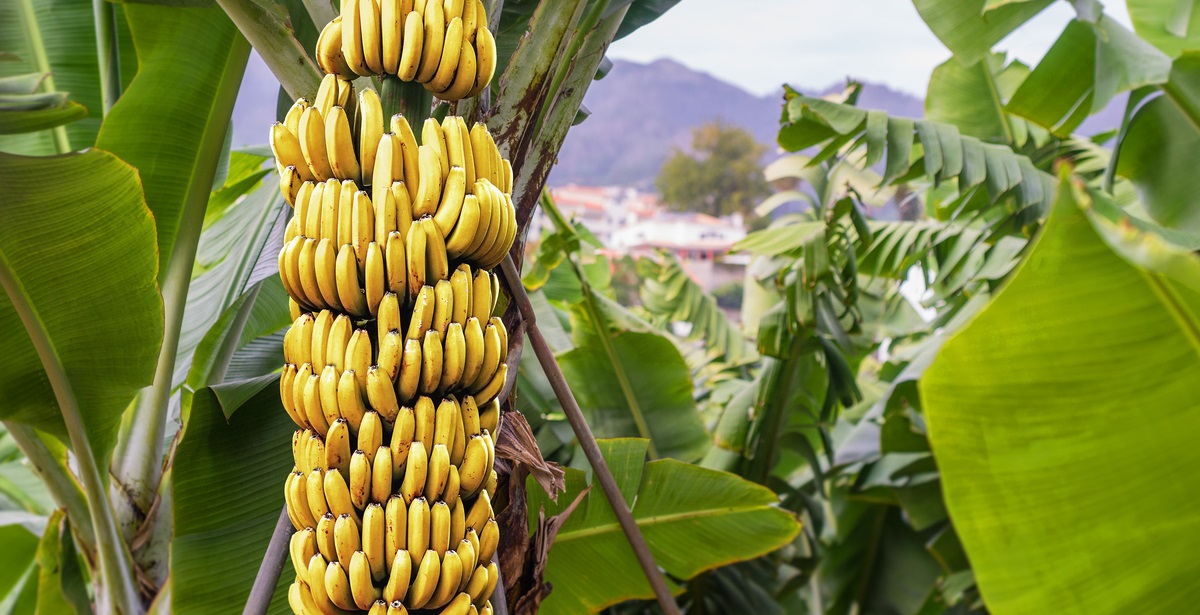
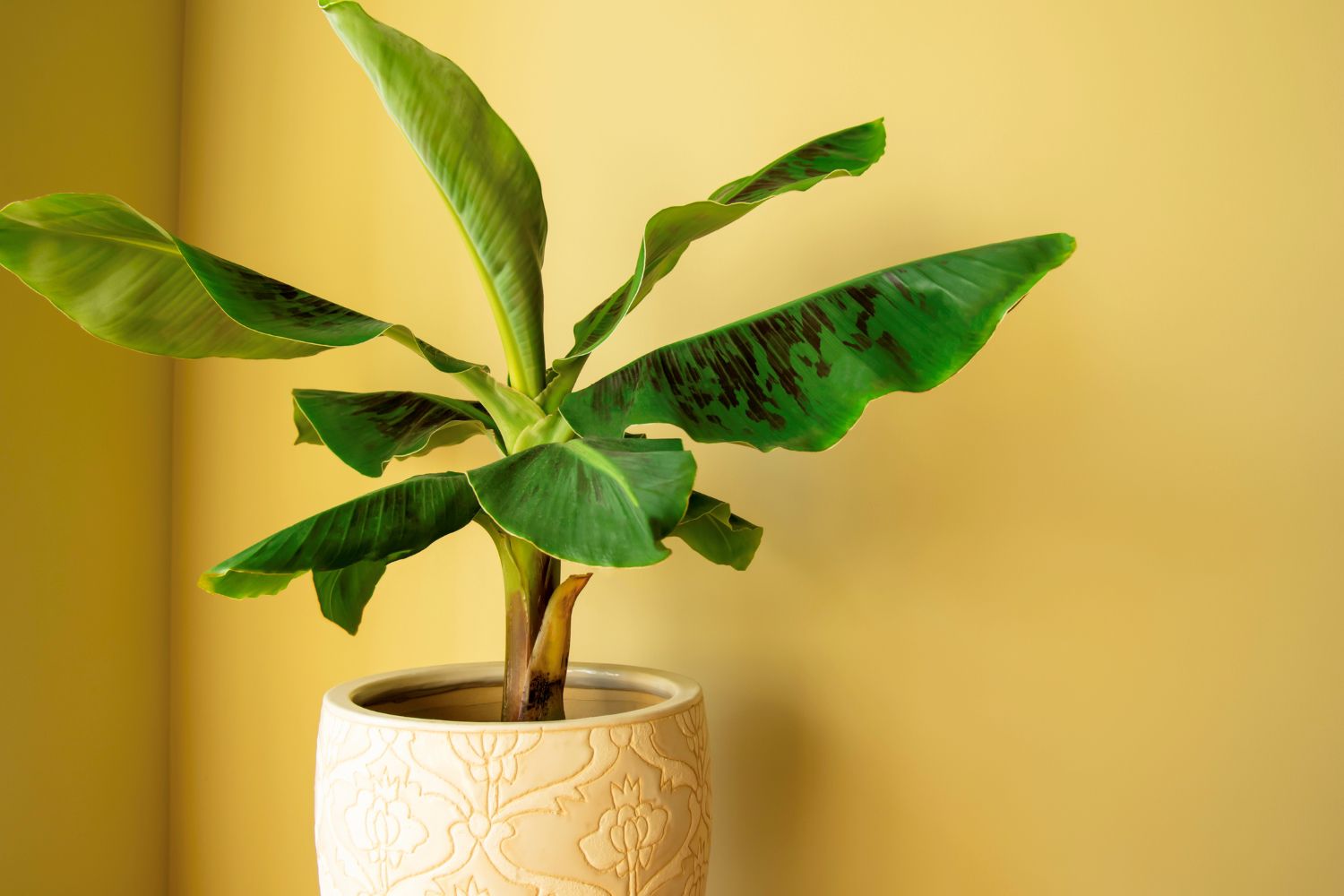
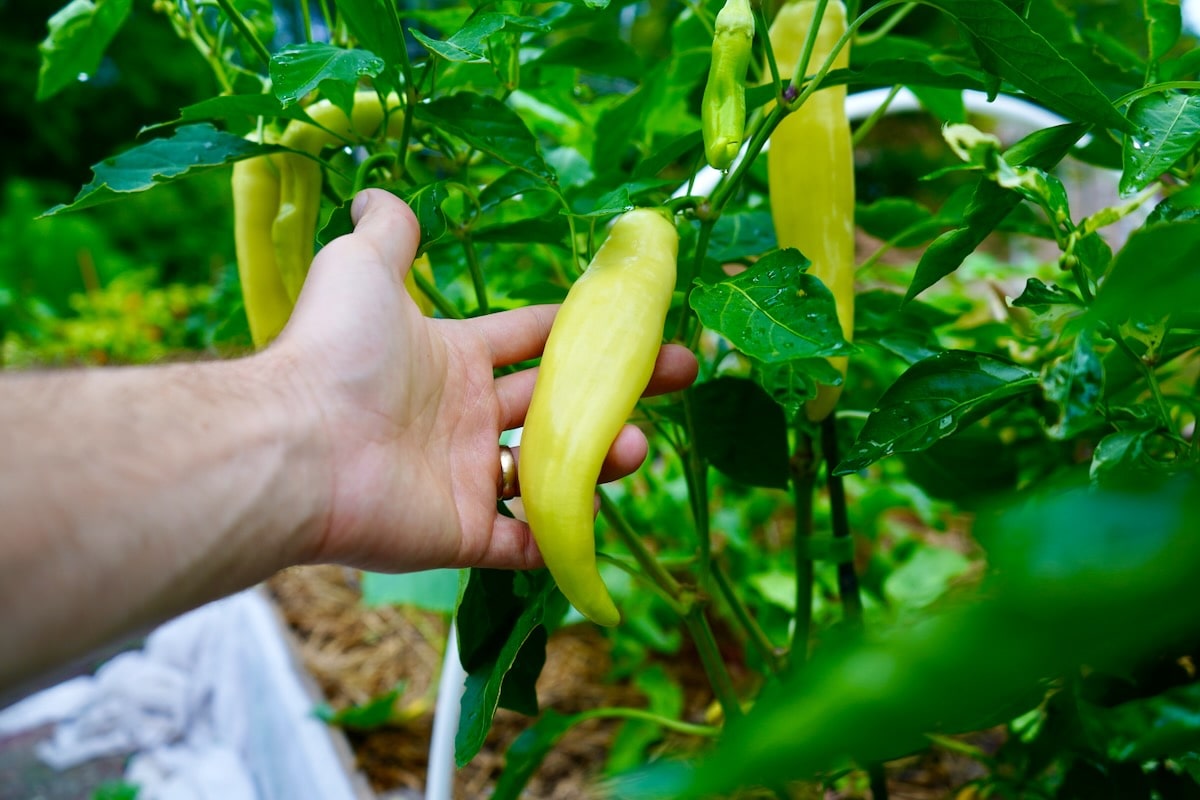
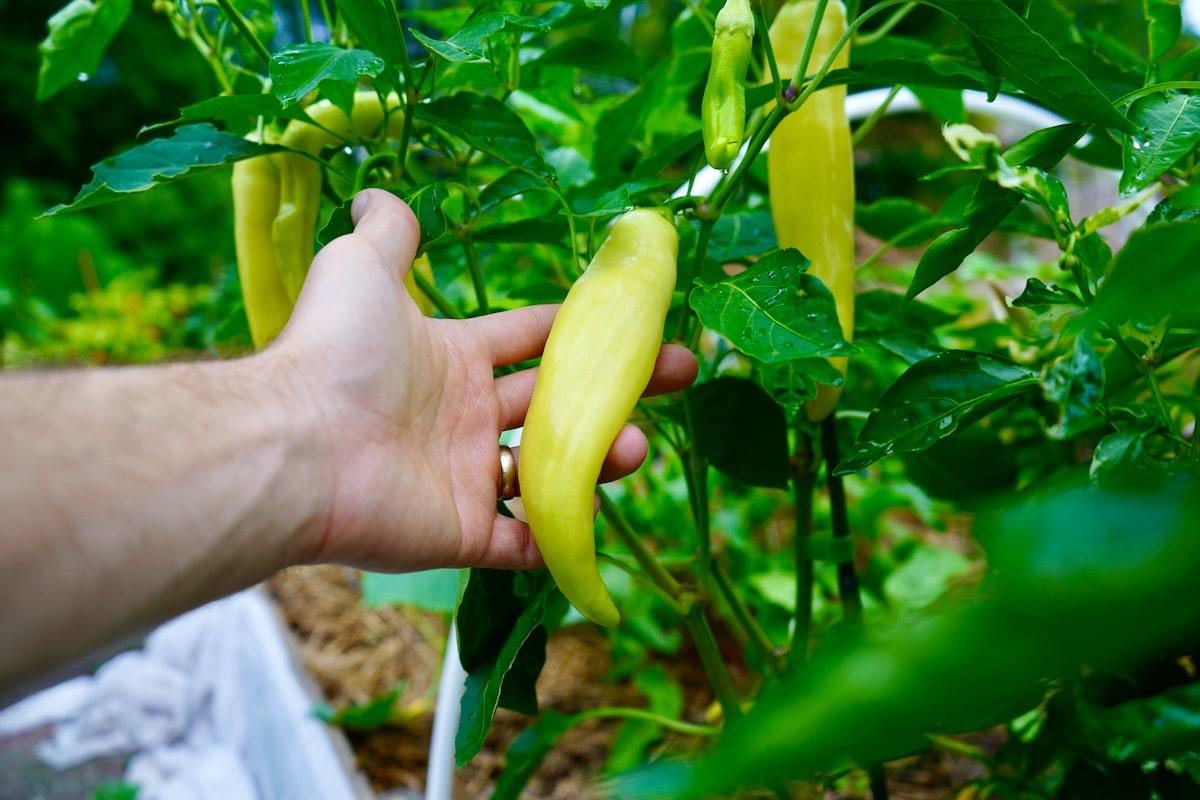
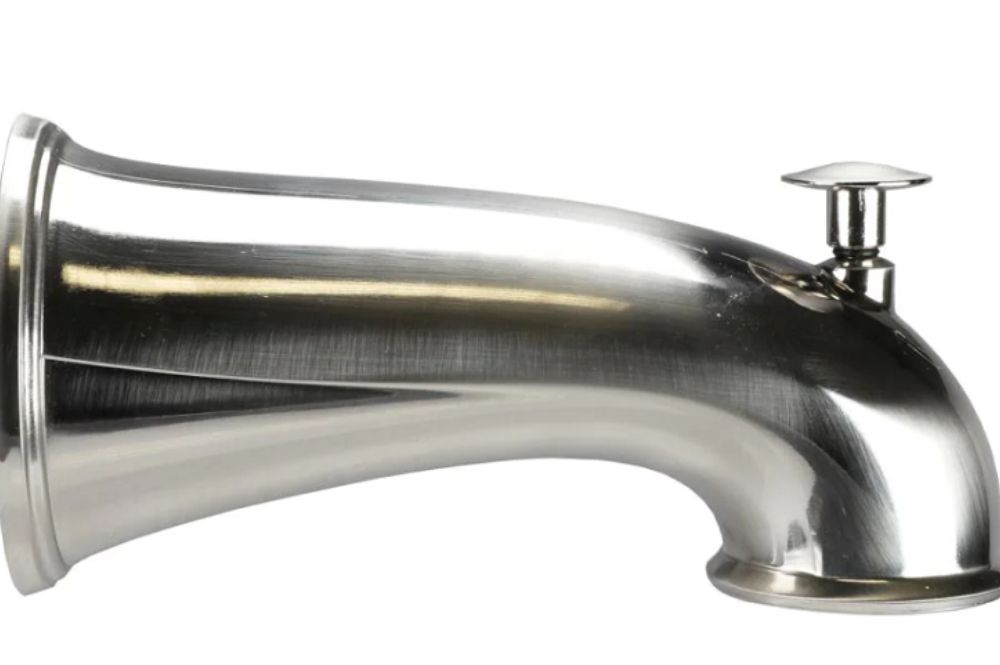
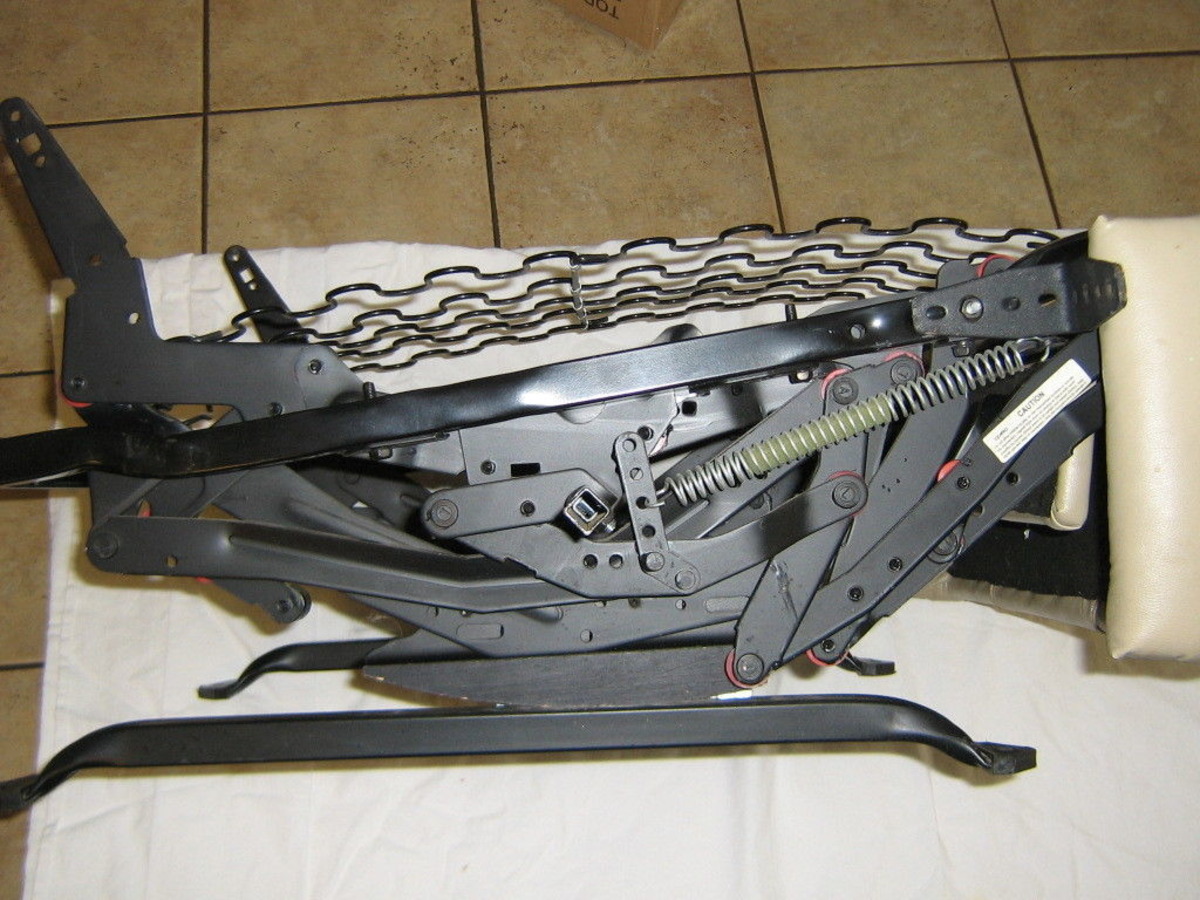
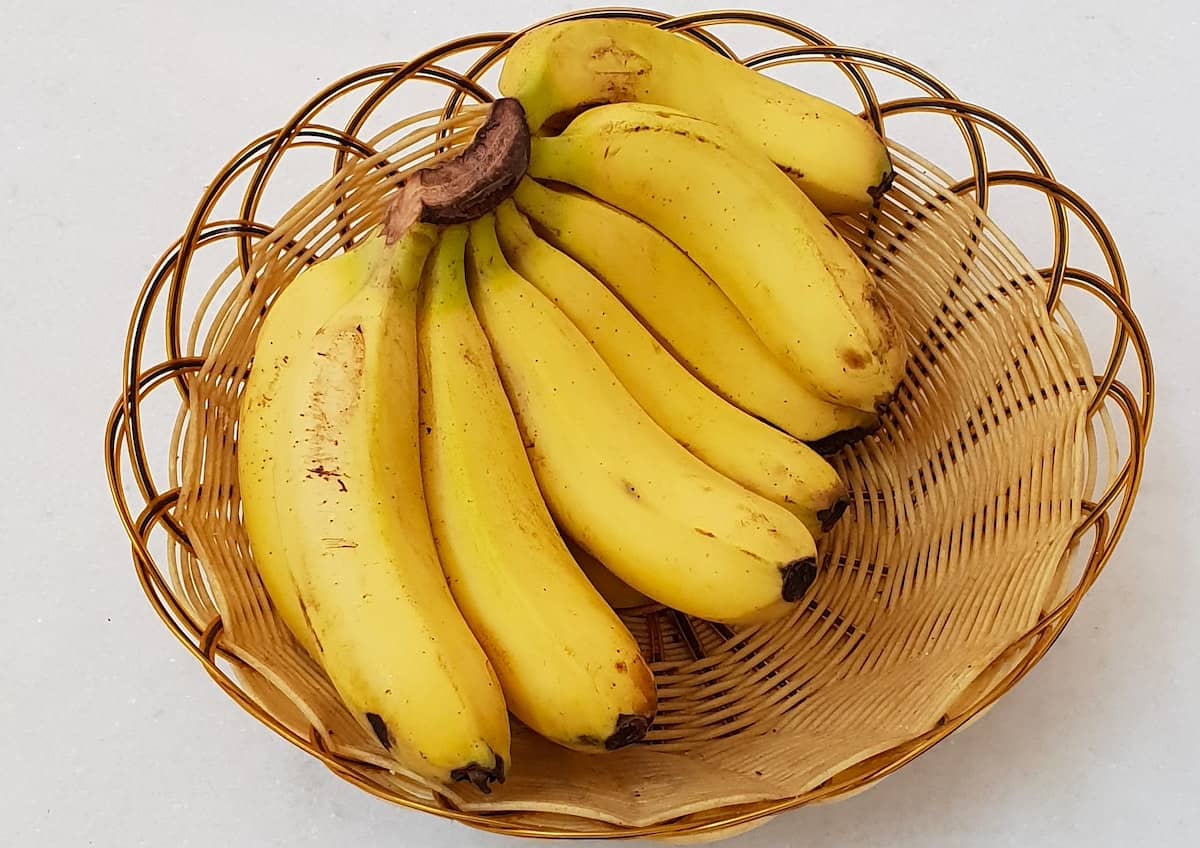

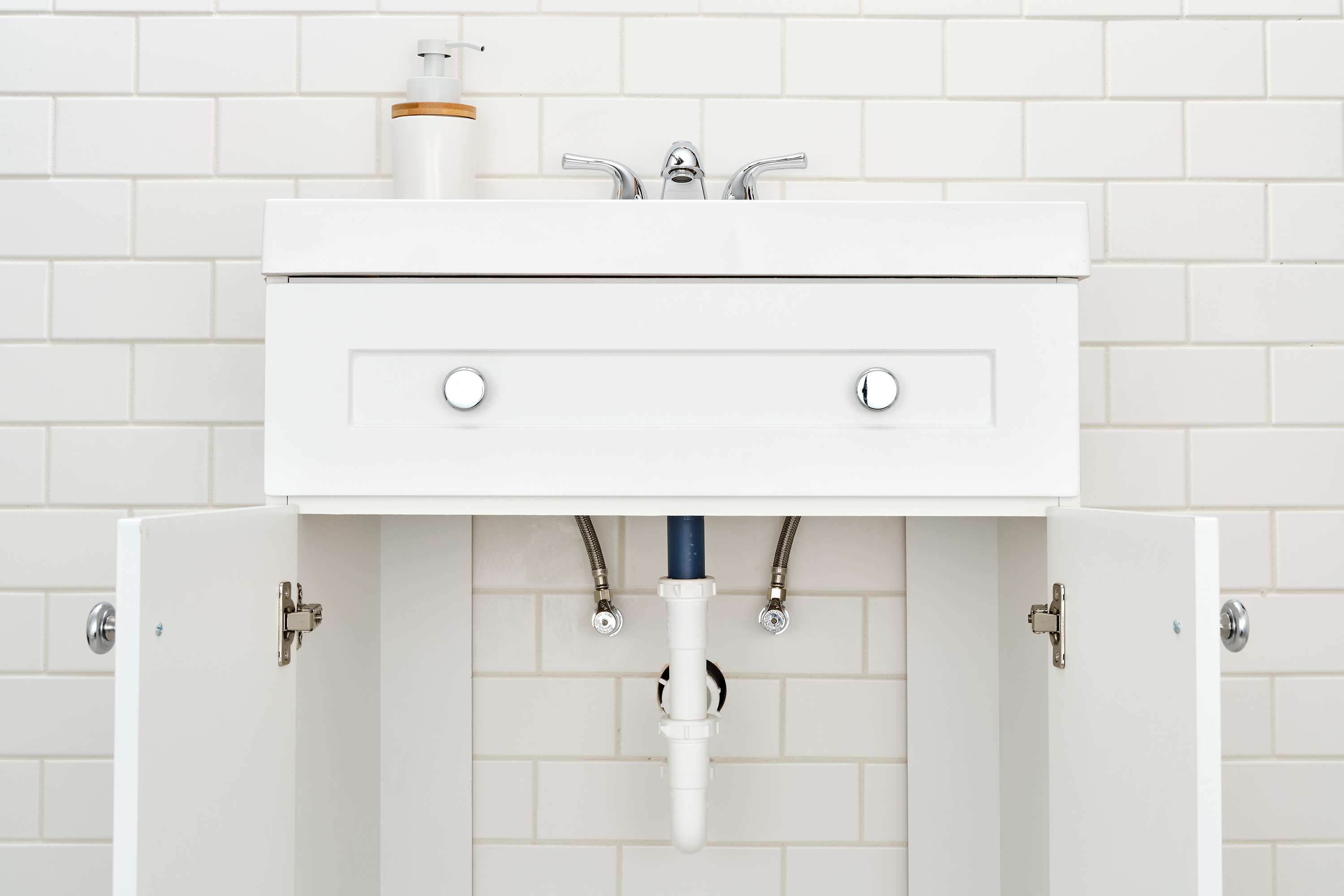

0 thoughts on “What Part Of The Banana Is The Seed”